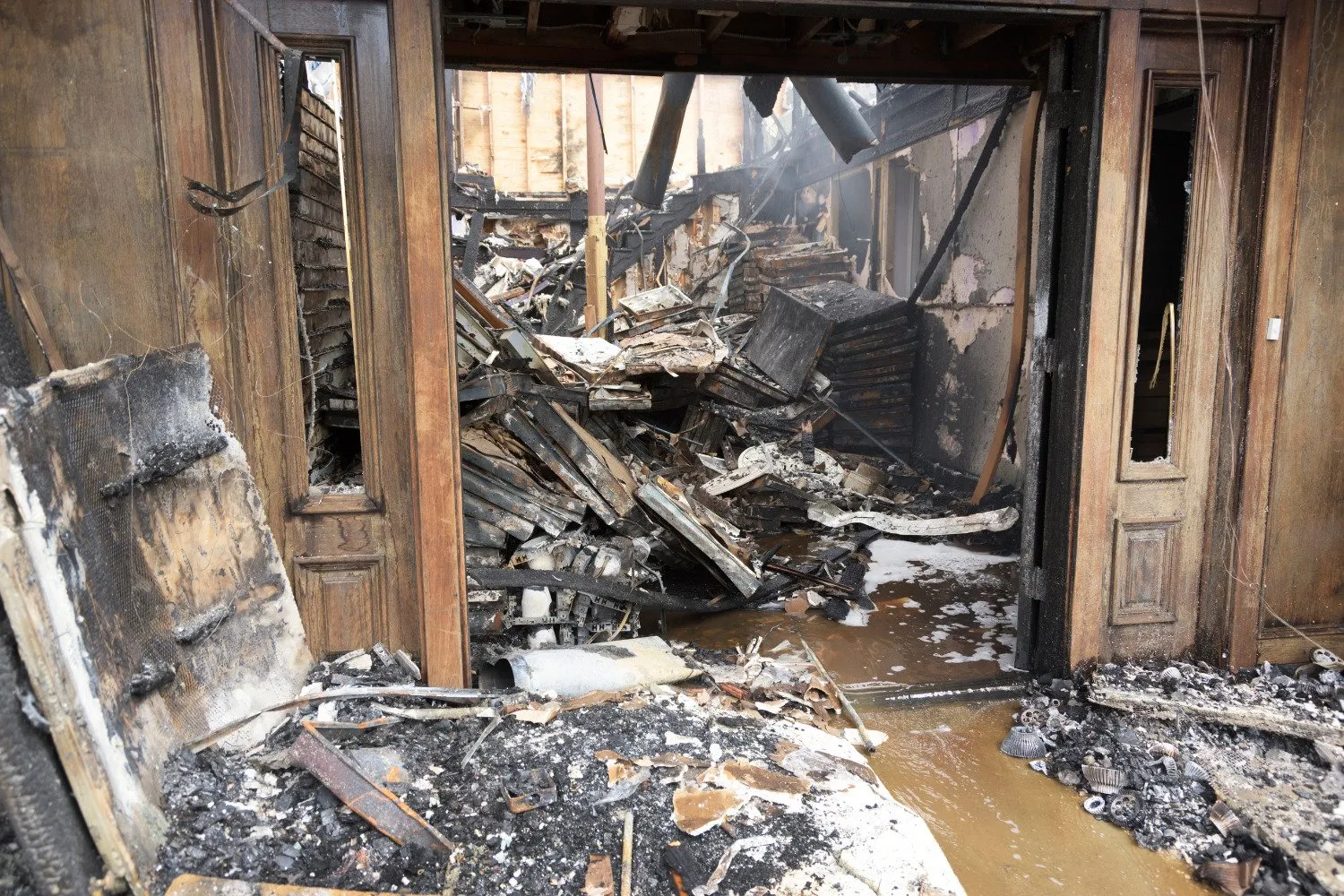Fire damage repair can be a daunting task for property owners. After the fire has been extinguished and everyone has been safely accounted for, the focus shifts to assessing the damage.
Repair tasks may range from replacing drywall that was soaked by water used for firefighting to structural rebuilds. They also include repairing any damage caused by smoke, water and odors.
Water Damage
Fire damage repair specialists are trained to not only address smoke and soot, but also water damage that often accompanies the disaster. The firefighting hoses used to extinguish the flames can leave behind significant water damage that isn’t always as obvious as smoke and soot damage.
Water damage repair experts will stop the flow of water, sanitize and dry all areas affected by the disaster. They’ll also sort through personal belongings and restore or dispose of damaged items. They may also wash or sanitize fabrics and carpeting using bleach solutions.
When it’s safe to do so, firefighters will check the structure for stability and safety before allowing residents back into their homes. They’ll also work with insurance adjusters to help with the claims process. This is the best time to inspect your home’s structural integrity and look for any water damage that may not be as visible. If you see any structural damage, contact a professional immediately.
Smoke Damage
Smoke damage can be difficult to spot, and the longer it is left untreated, the more permanent it may become. It can cause discoloration and odors to surfaces, deteriorate fabrics, and corrode metals.
While you may be tempted to clean up on your own, it is important that you contact professionals. Washing papered or painted walls, cleaning carpet, and touching sooty surfaces with bare hands can spread it, exacerbate the problem, and put your health at risk.
Soot particles can irritate the lungs and make breathing difficult, especially for people with respiratory conditions like asthma. It can also contaminate food and clothing. Additionally, smoke residue can etch surfaces if it lingers on them for too long, which can lead to further damage. Professionals can remove smoke damage with dry chemical sponges, rubbing alcohol, vinegar, trisodium phosphate, and other specialized cleaners. They can also provide ozone treatments to deodorize and disinfect the space. This can prevent further damage to your property and restore it to a safe, healthy state.
Structural Damage
When fire damage has caused major structural issues, a professional restoration contractor can work with an engineer to determine what parts of the property can be saved and restored. This can include re-working the electrical and plumbing systems, replacing drywall and insulation, as well as evaluating wood framing to identify whether it needs to be replaced entirely.
Smoke damage can also dehydrate porous materials such as wood, causing them to crack and crumble. These deteriorations can also cause damage to metal and plastic fixtures in your home. A thorough inspection and pre-testing of surfaces is the only way to accurately understand what areas need repair.
The fire damage restoration process varies greatly depending on the severity of the fire and its duration. Generally, an insurance adjuster will visit to evaluate the fire damage and assign the necessary cleanup and restoration services. Once these professionals have cleaned and deodorized the space, they can begin repairing the structural damages, finishing work and reconstruction.
Odor Removal
Often, odors from fire damage can linger after restoration is complete. This is because soot and smoke penetrate every crack and crevice of the walls, floors, and furniture.
The best way to get rid of odors is by airing out the property. This can be done by opening windows and doors, turning off the air conditioning, and placing box fans in front of open windows to blow fresh, outdoor air through the property.
If this doesn’t work, a professional fire restoration company can combat odors by applying counteractants to carpeting and upholstery, or by using ozone generators to treat surfaces with ozone gas that breaks down pollutants. They may also use thermal fogging, which heats a deodorizer and sprays it in a fog form to neutralize unpleasant odors.
Major fire damage involves extensive cleaning, disinfecting, and deodorizing of the building and its contents. BELFOR’s services include emergency board-up and demolition, soot removal film application, and deodorization to mitigate toxic smoke odors.

